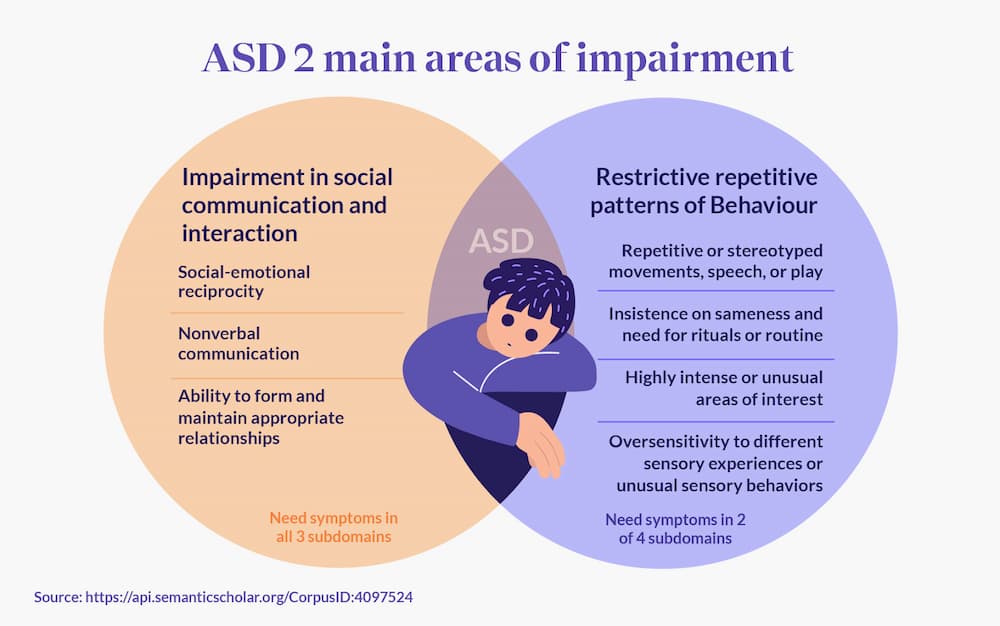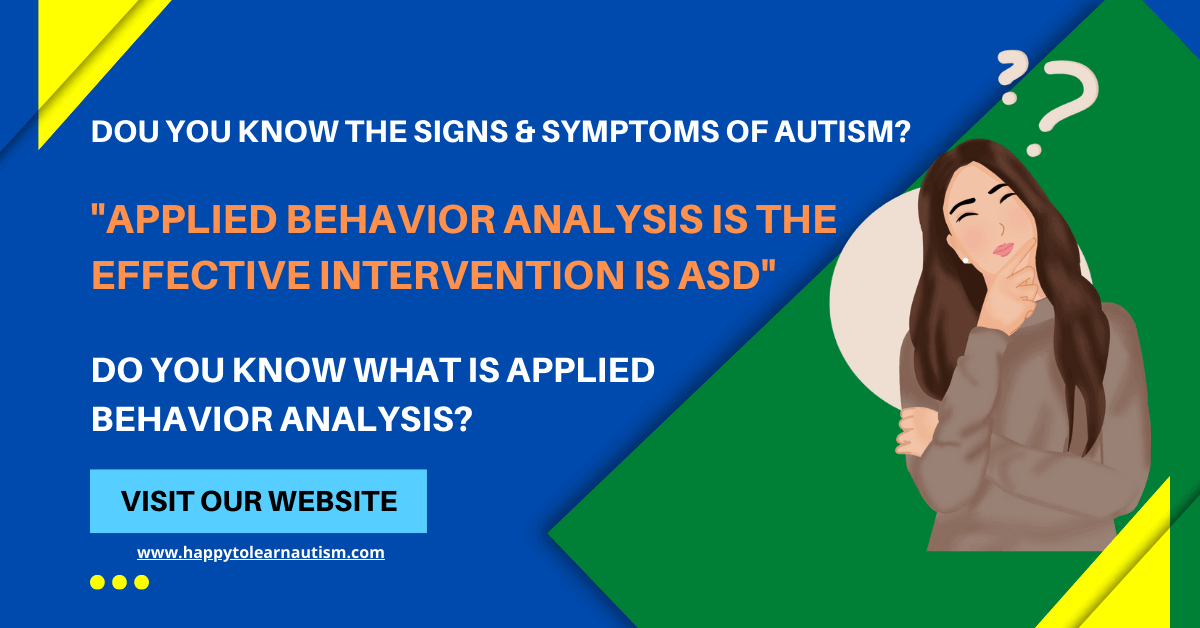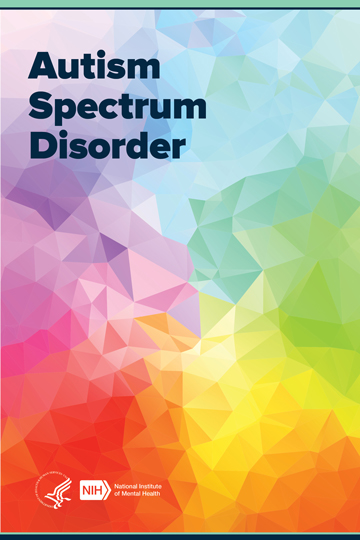Ten Essential points about how an Autism Therapist shapes social growth in autism
Ten Essential points about how an Autism Therapist shapes social growth in autism
Blog Article
Understanding the Impact of Behavioral Autism on Daily Life and Social Communications
You could not understand just how deeply behavioral autism affects day-to-day life and social interactions. Individuals on the range usually navigate a globe filled up with interaction hurdles and sensory overload. These challenges can lead to aggravation and isolation, affecting their relationships and total wellness.
Specifying Behavioral Autism and Its Characteristics
Behavioral autism, usually referred to as autism range problem (ASD), includes an array of problems characterized by obstacles in social interaction, interaction, and recurring habits. You may notice that individuals with ASD frequently battle to translate social signs, which can bring about misunderstandings in conversations. They might locate it hard to establish eye contact or involve in small talk, making social scenarios feel overwhelming.
Communication difficulties can manifest in numerous means, from postponed speech advancement to a choice for using fewer words. By acknowledging these qualities, you can foster an environment that promotes acceptance and urges reliable interaction, aiding people with autism grow in their daily communications.
The Spectrum of Autism: Recognizing Variability in Actions
Autism spectrum condition (ASD) isn't a one-size-fits-all medical diagnosis; it varies extensively amongst people. You may observe that some individuals with ASD display moderate symptoms, while others may encounter extra significant obstacles. This variability can manifest in habits, passions, and sensory sensitivities. You may experience individuals that are extremely spoken and involve easily in conversations, while others may like singular activities or connect non-verbally.
Moreover, the way people with ASD reply to sensory input can differ considerably; some may be bewildered by intense lights or loud sounds, whereas others grow in promoting atmospheres. The spectrum likewise includes distinctions in social communications; some individuals might battle to analyze social hints, while others browse social settings with relative ease. Comprehending this irregularity is vital, as it aids you appreciate each individual's unique experience and tailor support to their certain demands, cultivating a more inclusive atmosphere for everybody.
Interaction Difficulties Encountered by People With Autism
When you connect with individuals on the autism spectrum, you might discover their one-of-a-kind communication difficulties. They usually deal with difficulties with both verbal and nonverbal signs, which can affect their social interactions. Comprehending these obstacles is important for fostering far better links and support.

Verbal Interaction Problems
Several individuals on the autism spectrum experience spoken interaction problems that can considerably impact their everyday interactions. You might find it testing to express your ideas, sensations, or requires clearly. This can cause stress for both you and those around you, as misconceptions happen. You may fight with initiating discussions, preserving a topic, or comprehending subtleties in speech. Frequently, you could prefer utilizing straightforward language or repetitive phrases, which can restrict your ability to engage in deeper conversations. Your rate, quantity, or tone might not line up with social expectations, causing others to misinterpret your objectives. Recognizing these obstacles can help you and your assistance network create approaches to enhance communication and foster far better links with others in your day-to-day live.
Nonverbal Interaction Barriers
Verbal communication isn't the only difficulty individuals on the autism range face; nonverbal communication barriers can be equally as considerable. You might discover it hard to interpret body movement, facial expressions, and eye contact, which are crucial for reliable communication. These obstacles can result in misunderstandings or false impressions of social cues, making communications really feel complex or frustrating. You might battle to express your very own emotions through nonverbal means, leaving others uncertain of your intents or sensations. This separate can produce feelings of seclusion and irritation. Acknowledging these barriers is important for fostering understanding and compassion in your interactions. By addressing nonverbal communication, you can locate methods to boost your social experiences and improve your overall top quality of life.
Social Interaction Impacts
Social communications can frequently really feel overwhelming due to the distinct communication difficulties faced by people with autism. You might battle with translating social cues, making it tough to comprehend mockery or body language. This can lead to misconceptions or awkward moments in conversations. Furthermore, starting and preserving discussions might really feel tough, causing anxiety in social circumstances. You may favor structured settings, making spontaneous interactions uncomfortable. It's also common to experience trouble in involving in little talk, which can hinder developing brand-new friendships. Recognizing these challenges can help you discover approaches to enhance interaction, such as exercising social abilities in safe settings or making use of visual help - Autism Spectrum Therapies. Recognizing your demands allows you to browse social communications with higher self-confidence and simplicity.
Social Interaction and Connection Structure in Autism
While structure relationships can be challenging for individuals with autism, understanding their special perspectives and interaction designs can foster meaningful links. You may notice that numerous individuals on the range prefer straight interaction and may deal with social hints or little talk. By being straightforward in your interactions, you can aid develop an atmosphere where they feel comfortable.
Put in the time to pay attention and observe exactly how they share themselves. This understanding can assist you in steering conversations better. Taking part in shared interests can also offer as a bridge to much deeper connections. Whether it's a leisure activity, a favored show, or a common interest, these typical strings can open doors to friendship.
Every Day Life Regimen: Browsing Methods and difficulties
Navigating life regimens can be especially challenging for individuals with autism, specifically when unforeseen adjustments take place. You could locate convenience in having an organized timetable, as it helps you expect what's next. When interruptions occur, it's normal their explanation to really feel distressed or overloaded. To navigate these obstacles, think about carrying out aesthetic routines or lists. These devices can give clarity and reassurance.
Developing a regimen that consists of sensory breaks can likewise be advantageous. This aids produce an understanding atmosphere.
Last but not least, technique mindfulness methods to take care of stress and anxiety and anxiety. Basic breathing workouts or grounding strategies can make a considerable difference. By integrating these approaches, you can boost your day-to-day routine and reduce interruptions, making life really feel more convenient.
Strengths and Abilities of Individuals on the Autism Range
Comprehending everyday life routines is just one facet of the autism experience. Many people on the autism spectrum have impressive toughness and capacities that establish them apart.
Furthermore, your memory skills commonly beam, specifically in locations of rate of interest. Aba Therapist. This propensity for keeping information can make you a useful source in areas like technology, art, or science. You may also show solid visual reasoning, enabling you to imagine intricate ideas and solve troubles creatively
Additionally, your one-of-a-kind point of view on the globe can promote empathy and understanding in others, improving social interactions. Embracing these toughness not only improves your confidence but additionally assists others value the diverse abilities you give the table.
Producing Comprehensive Settings for Individuals With Autism
Developing comprehensive environments for individuals with autism begins with developing sensory-friendly rooms that provide to their one-of-a-kind needs. You can useful link also foster possibilities for social interaction, helping to develop relationships and connections. By making these modifications, you'll add to an extra inviting ambience for every person.
Creating Sensory-Friendly Spaces
While creating sensory-friendly spaces, it's important to review the distinct demands of individuals with autism. Begin by picking relaxing colors and soft lighting to produce a comforting setting. Incorporate peaceful areas where individuals can retreat and recharge when bewildered. You'll intend to minimize loud sounds and interruptions, making use of soundproof products or white sound devices to assist maintain serenity. Think about responsive elements like soft textiles or fidget-friendly objects that can supply convenience. Determine that spaces are flexible, enabling for very easy rearrangement to fit various activities. Lastly, include visual routines or clear signs to aid people browse the area with confidence. By thoughtfully integrating these components, you can develop a welcoming ambience that supports sensory needs and promotes general wellness.
Promoting Social Interaction Opportunities
Creating sensory-friendly areas not only addresses individual comfort but likewise sets the stage for meaningful social interactions among individuals with autism. To promote these communications, produce inclusive settings that invite involvement. Organize structured tasks, like art classes or group video games, that urge partnership without overwhelming sensory input. Usage aesthetic aids and clear interaction to assist every person engage conveniently. Urge peer mentoring, pairing people with autism with encouraging peers that can direct them via social circumstances. Furthermore, take into consideration holding routine community events that celebrate neurodiversity, cultivating approval and understanding among all participants. By applying these methods, you can enhance social opportunities, helping people with autism develop friendships and enhance their social abilities in a safe, welcoming setting.

Regularly Asked Inquiries
Exactly How Can Pals Assistance Someone With Behavioral Autism?
You can support a close friend with behavior autism by being person, listening proactively, and respecting their borders. Participate in tasks they delight in, interact freely, and create a comfortable environment where they really feel valued and recognized.
What Resources Are Readily Available for Moms And Dads of Kid With Autism?
You can check out various sources for moms and dads of kids with autism, consisting of assistance teams, educational websites, and neighborhood social work. Linking with other moms and dads can also provide beneficial understandings and shared experiences to assist browse obstacles.
Can Behavioral Autism Modification In Time?

Yes, behavioral autism can transform in time. You could observe changes in communication, social abilities, and behavior as your youngster expands. Early intervention and support often play crucial duties in these developing changes.
Exactly How Do Sensory Level Of Sensitivities Influence Every Day Life?
Sensory level of sensitivities can make everyday experiences frustrating. You could have problem with bright lights or loud noises, resulting in stress and anxiety or avoidance. Discovering atmospheres that suit your requirements can significantly boost your comfort and general day-to-day live.
What Prevail Misconceptions About Behavioral Autism?
You could think behavioral autism only affects interaction abilities, yet it's more complicated. Lots of think individuals lack empathy or knowledge, which isn't real. Understanding these misconceptions assists foster approval and assistance for those on the range.
Behavioral autism, typically referred to as autism range problem (ASD), includes an array of problems defined by difficulties in social communication, interaction, and repeated behaviors.Social interactions can typically really feel frustrating due to the special interaction challenges faced by individuals look here with autism.Creating sensory-friendly rooms not just addresses private convenience yet also sets the phase for meaningful social communications amongst people with autism. Encourage peer mentoring, matching people with autism with supportive peers who can guide them via social situations. By executing these techniques, you can enhance social opportunities, helping people with autism develop friendships and strengthen their social abilities in a risk-free, welcoming setting.
Report this page